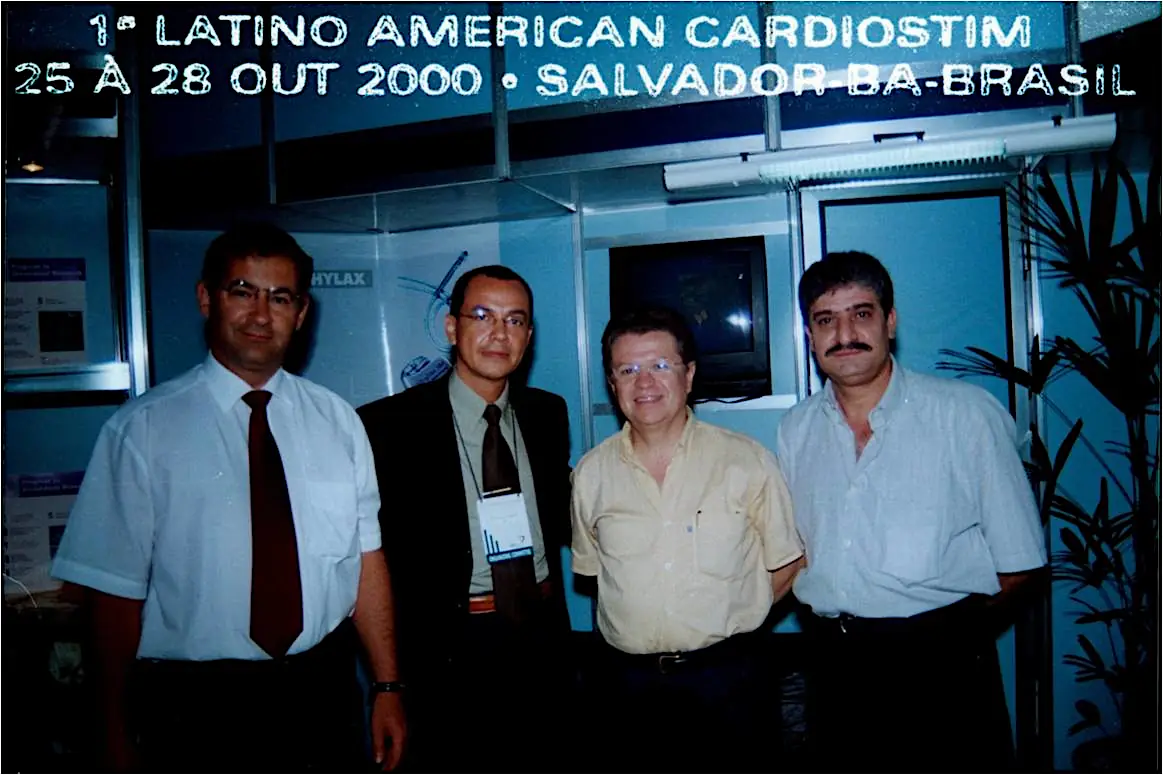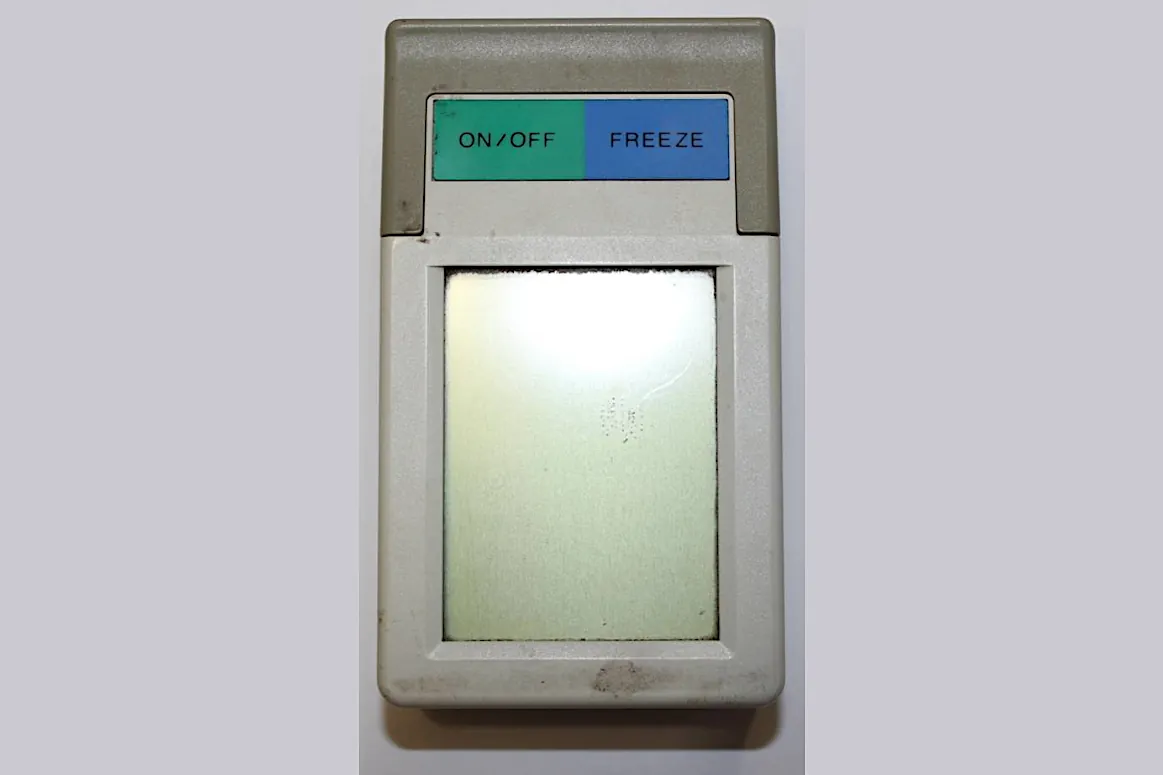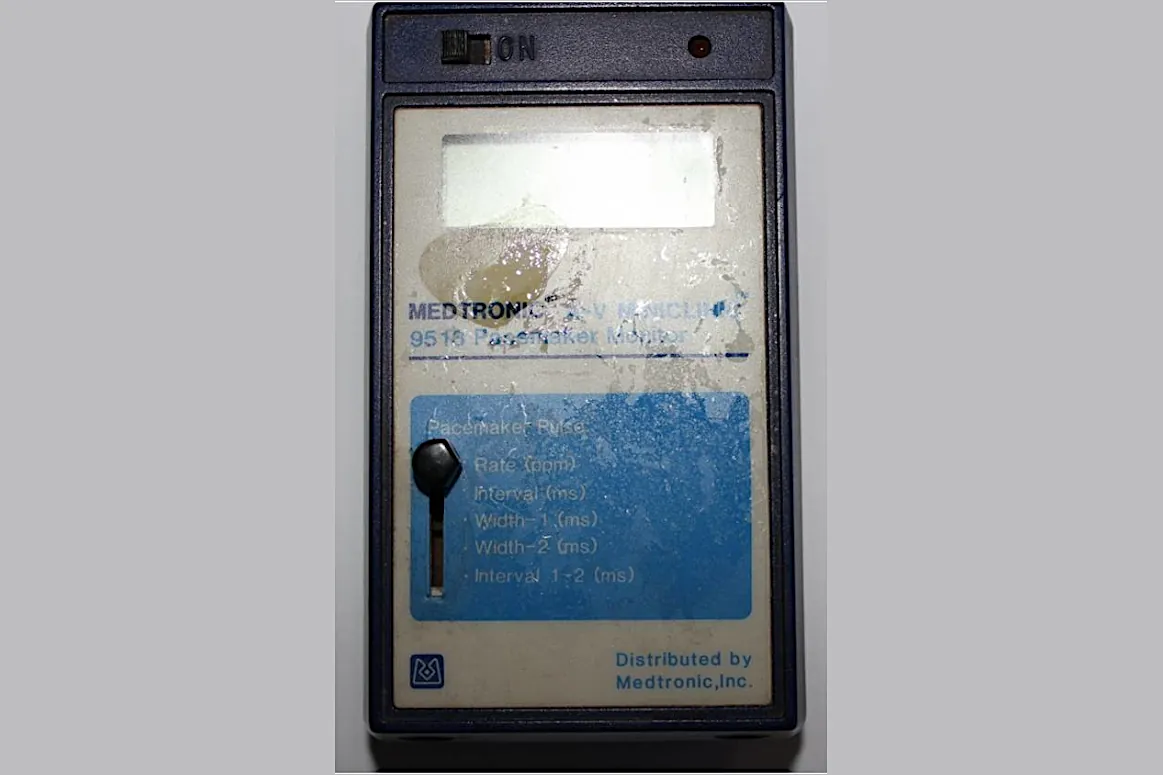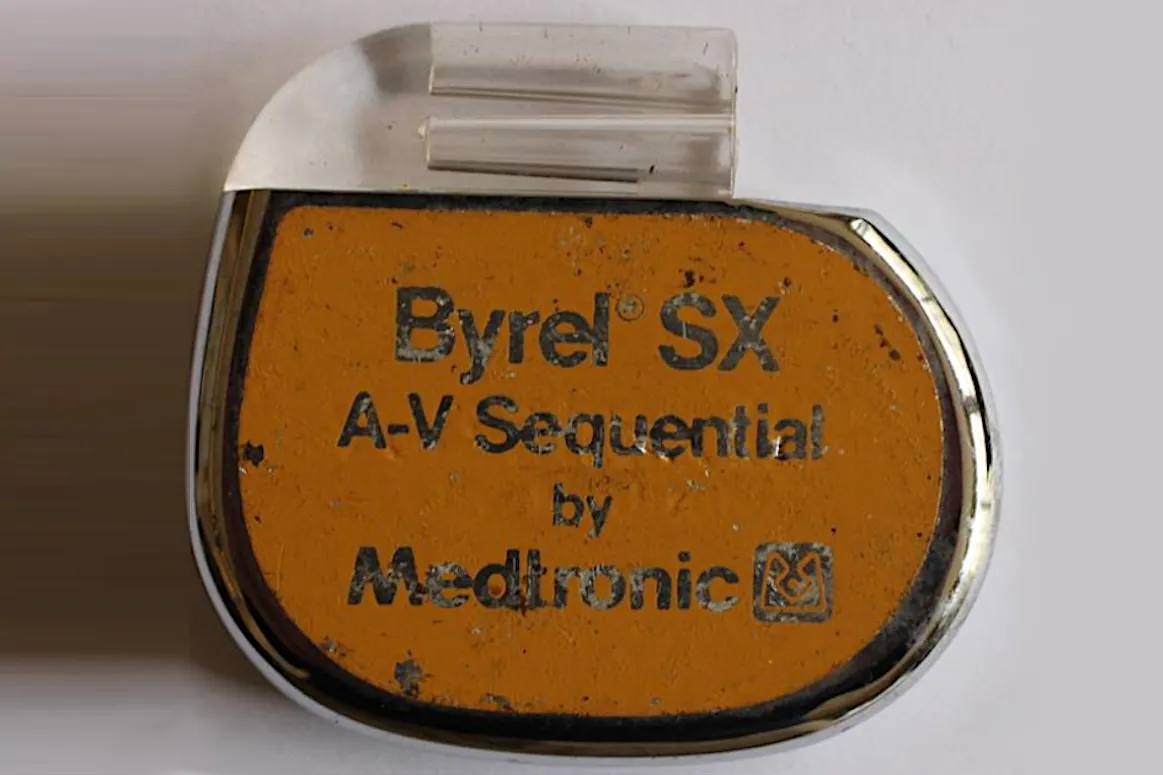
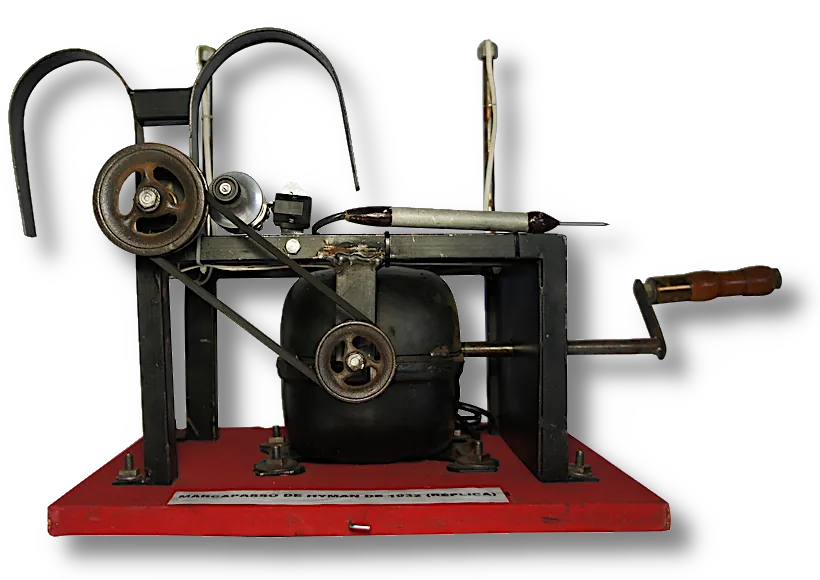
(Réplica)
O Primeiro Marcapasso do Mundo
Em 1932, nos Estados Unidos, Albert Hyman, utilizou um gerador de pulsos movido a manivela e um cabo-eletrodo bipolar introduzido diretamente no tórax para promover estimulação cardíaca. Estabeleceu o conceito “PACE”.
Fatos Marcantes
Acompanhe fatos importantes no cenário da estimulação cardíaca artificial.
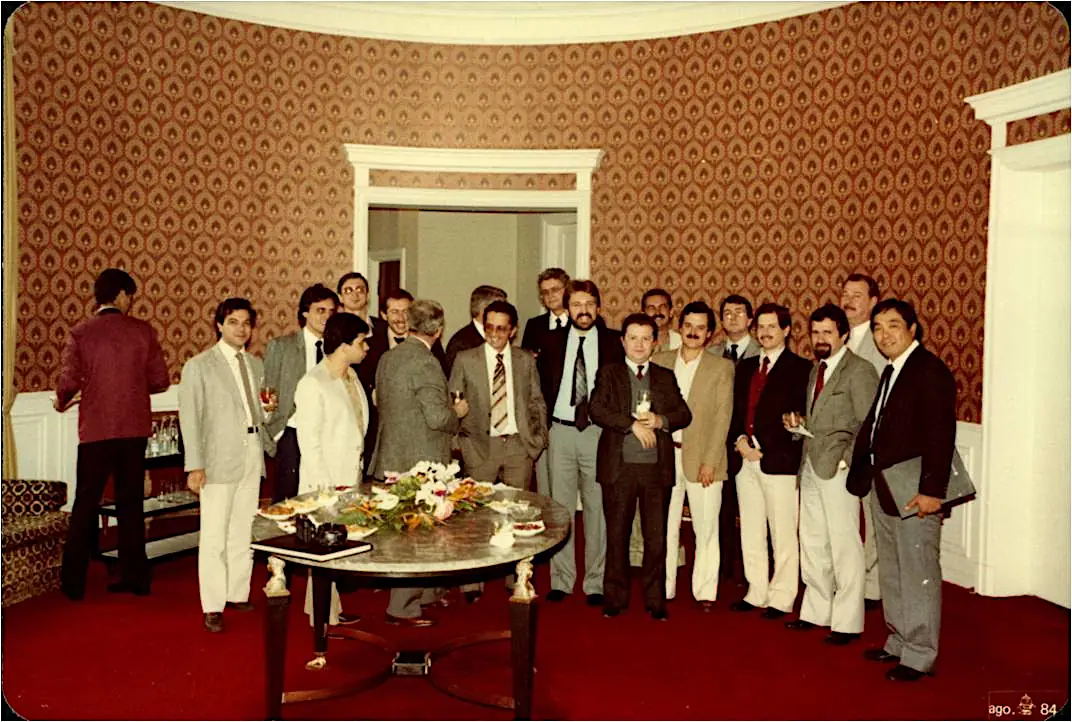
Fotografia do Simpósio Latino Americano de Estimulação Cardíaca Artificial, na cidade do Rio de Janeiro, em 1984
Os seguintes médicos estavam presentes (da esquerda para a direita):...
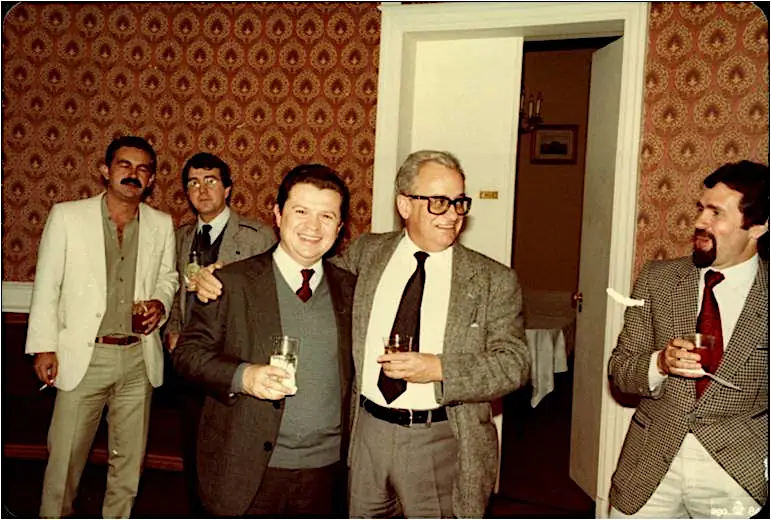
Foto histórica do Congresso de Estimulação Cardíaca no início da década de 1980
Da esquerda para direita nota-se os seguintes estimulistas:...
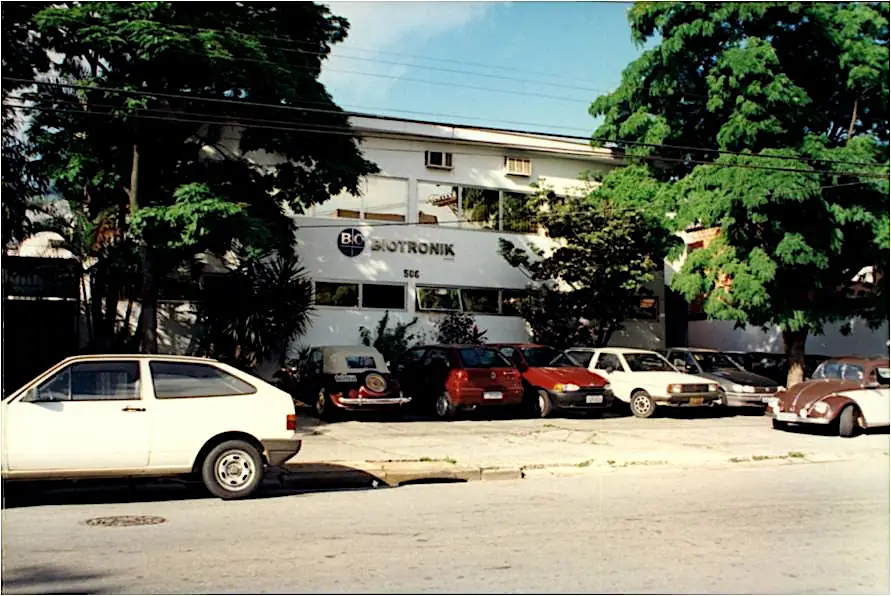
Primeira sede da empresa Biotronik no Brasil, instalada na cidade de São Paulo
Esta importante empresa alemã, que produz numerosos equipamentos...
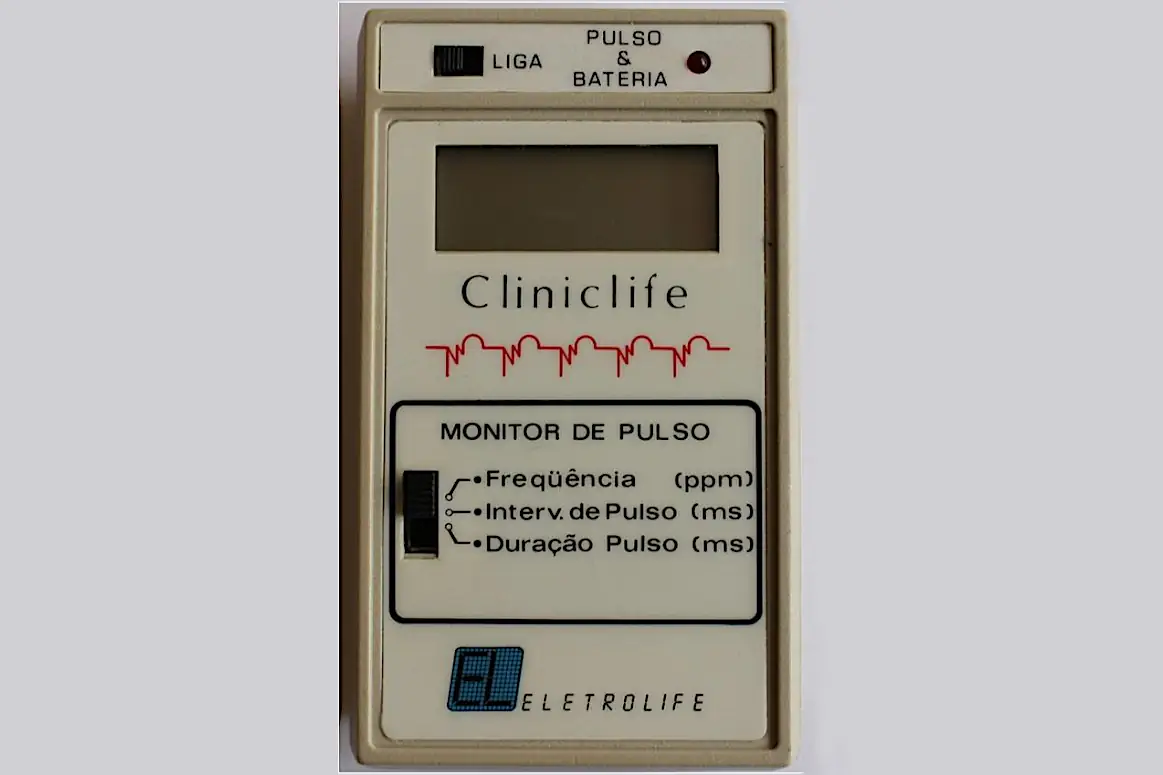
Mini Clinic fabricado pela Eletrolife, da década de 1975
Tem por finalidade avaliar os parametros eletrônicos do marcapasso...
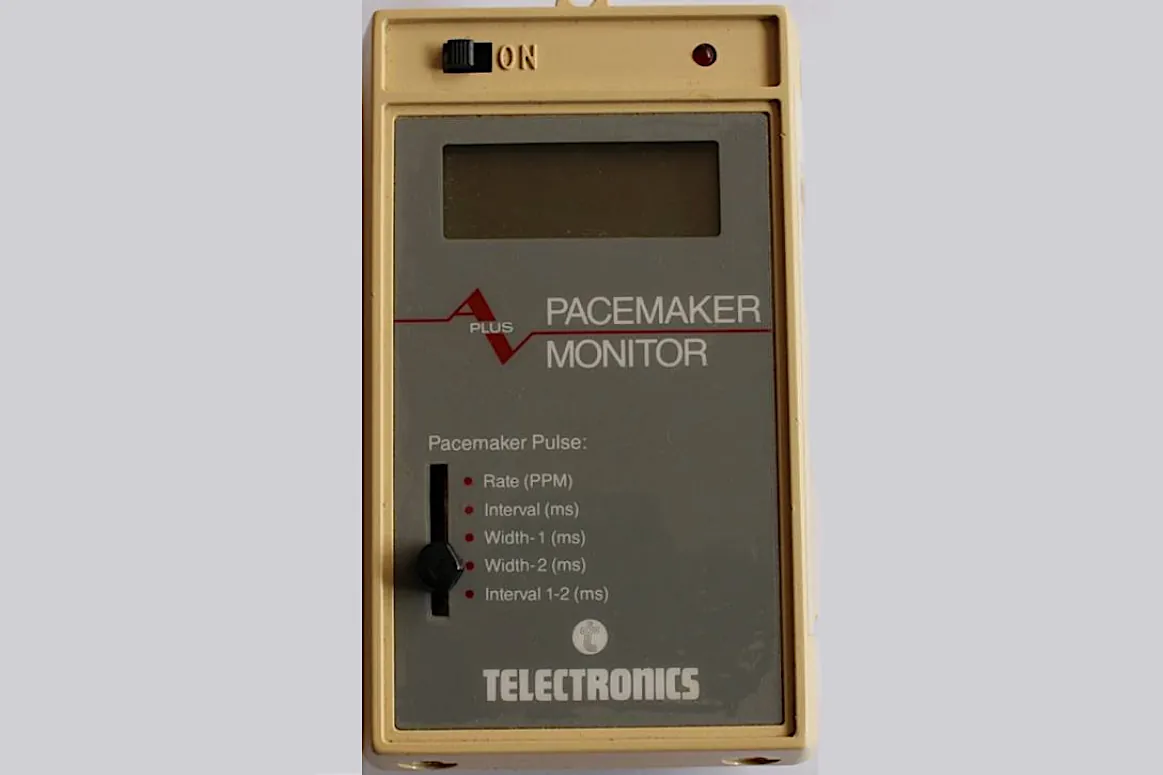
Mini Clinic fabricado pela Telectronics, na década de 1980
Aparelho Mini Clinic fabricado pela Telectronics...
